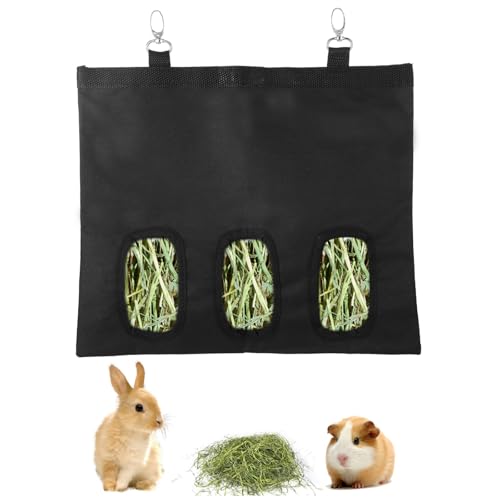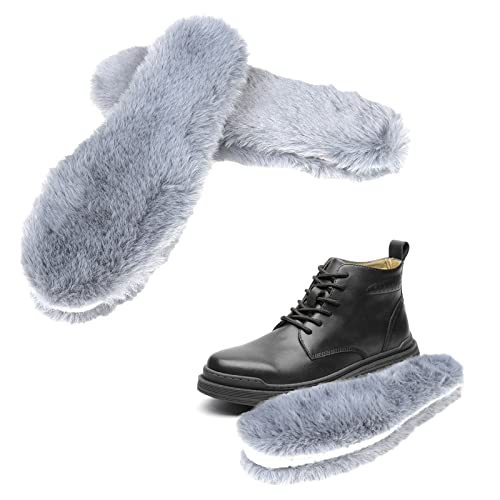Does anyone have any pictures of what a Self Chin looks like down along the hair shaft? I have not seen anything searching online so far. I also can't seem to see any pictures of a Super Steel either to try and rule that out.
A self chin's fur looks the same as a self black's. The self alleles <
aa> block expression of agouti patterns, including the markings and ring patterns in the fur (they also block tan patterns). So, there would be no nape triangle - nape fur would look the same on self black and self chin. I don't have a photo of a black self chinchilla at the moment, but here is a self blue on the left, next to a self blue chinchilla on the right (both satin):


What looks like paler flecks or tipping is just an effect of the satin sheen, not an actual color difference. But you can see that the depth of color (which in these rabbits carries down the hairshaft quite well) is pretty much the same.
Supersteel, likewise, looks like a self black, though there might be patches of ticking/white hairs on the rabbit (sorry, no pictures). If it is a silver-tipped supersteel, the eyes might be blue-gray, but that would be due to the chinchilla <
c(chd)> that makes it silver-tipped, not the steel <
E(S)>.
The color shift from black to pale at the base of the hair in your rabbits is more likely due to what I know as "faded undercolor" or "failure of surface color to carry deep down the hairshaft." It's likely the same as what
@judymac calls the snowball trait, but I don't know any more about it other than it's something to avoid breeding into your lines if you want to show.

Alright, time for some reeducation for myself. I have a trio of 4.5 month old New Zealand Black rabbits. I was going through and checking over everyone and doing grooming, mainly taking out mats in the foot fur. They do have brown eyes, no marbling that I can see so unsure if they could be self Chin or something else. Maybe even a steel gene mixed in somewhere. Some of their siblings did have the bluish eyes. But the one doe has white, dove grey, then black along the hair shaft. Some stray white hairs kinda mixed around as well. Her feet padding are of a lighter color. I checked the other two I have and it is the same with them. Though the triangle behind the ears of all 3 is black to the skin from what I can see.
Order of pictures: Back, Feet, Left Hind leg, and picture of litter from before I picked up the kits.
The blue eyes in your rabbits' litter-mates look like self chin to me; vienna blue is usually quite a lot brighter blue while self chin often looks brownish-blue or gray-blue. I would venture to say that those bunnies are not 100% New Zealand Black rabbits; you would never get that eye color even when crossing NZ Blacks with NZ Blues. One place it
could have come from is from a NZ White that had forebears of a different breed that came in chinchilla. I've found NZWs often carry agouti, chin and/or steel, which is exposed when you breed the NZW with a rabbit of a different color. I've also found that self chins can have normal brown eyes, or eyes that start out blue-gray but turn brown as they mature.
I agree with
@judymac that there is some strange color variation in the fur as well, at least as it appears in this one photo; it makes me think the sable gene might be in play. It could be an effect of the lighting, but the two bunnies in front look shaded with darker points, as if they might be sable and/or seal. It also appears they may have the shimmer or frosted look that sables go through in certain phases of their development.

However... the sable <
c(chl)> wouldn't typically change the eye color from brown to blue-gray, though it will often produce a ruby glow in the pupil. And if the rabbit was sable <
c(chl)_> it could not also be chinchilla, since chinchilla <
c(chd)> is dominant to sable. If it was chinchilla carrying sable <
c(chd)c(chl)> it might get the blue-gray eyes from the chin but it should not show the sable shading.
So that mystifies me. Maybe someone else has some further thoughts...
Black rabbits typically have gray foot pads. Your rabbits look somewhere between gray and sepia/brown (which would be sable or seal). The white spots you see on the front pads are a DQ (all white spots on a self rabbit are) but they can easily appear on a self black or any of the other colors we're discussing. It's one of those nagging little details that can pop up for a frustratingly long time in a herd. I battled this in my blue and black Satins for a long time; sometimes the white was restricted to the footpad, other times it extended up to include a white nail or to become an actual white foot. (I had no broken colored Satins at the time, and no vienna ever). Same with stray white hairs; they can just be a nagging problem unrelated to broken or vienna.


































![FHQHTH Faux Rabbit Fur Purse Fuzzy Handbags for Women Evening Handbags Al alloy Shoulder Strap [Rabbit Red]](https://m.media-amazon.com/images/I/41l5Hd2qrhL._SL500_.jpg)

















